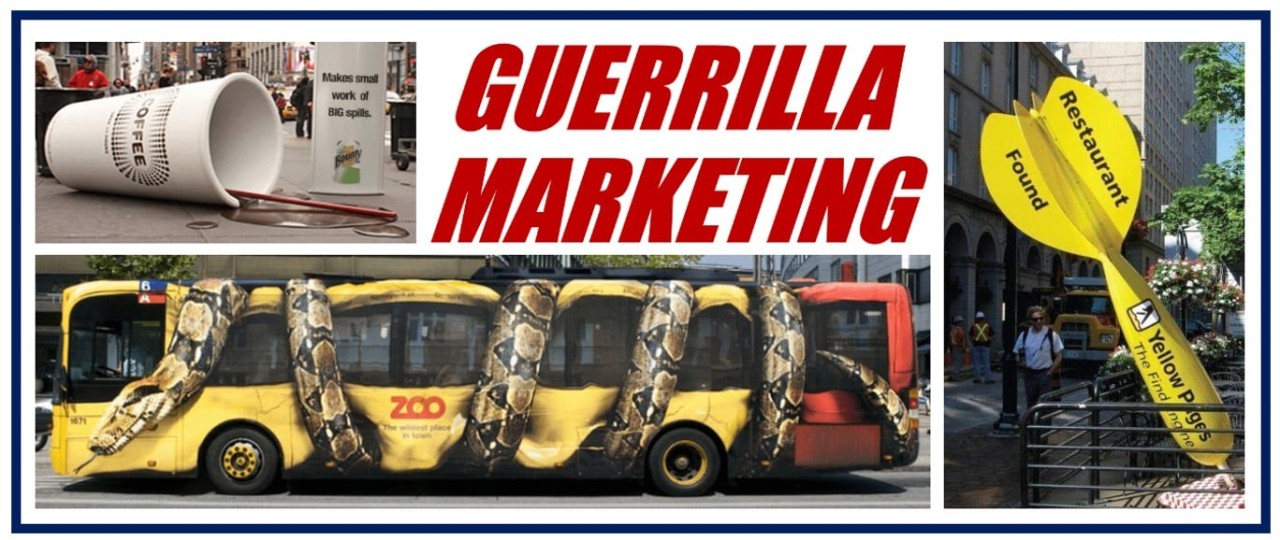
What Happened to Gorilla Marketing?
In the realm of marketing, the term "guerrilla marketing" has long been associated with unconventional and eye-catching promotional strategies that disrupt the status quo. Originating in the 1980s, guerrilla marketing sought to challenge traditional marketing norms by prioritizing creativity, low budgets, and a willingness to take risks. However, the landscape of marketing has evolved dramatically in recent years, thanks to the rapid advancement of technology and changes in consumer behavior. In this article, we will explore the journey of guerrilla marketing and what has happened to it in the digital age.
The Roots of Guerrilla Marketing
Guerrilla marketing was first introduced by Jay Conrad Levinson in his 1984 book, "Guerrilla Marketing." The term was inspired by the military tactics used by small, mobile, and agile forces to achieve their objectives against larger, more traditional adversaries. Similarly, guerrilla marketing aimed to help small businesses and startups compete with industry giants by using unconventional methods.
Characteristics of Guerrilla Marketing
Creativity: One of the defining features of guerrilla marketing was its creativity. It encouraged marketers to think outside the box and develop campaigns that would capture the public's imagination.
Low Budget: Guerrilla marketing strategies were known for their cost-effectiveness. They relied on inexpensive or even free resources to achieve maximum impact.
Unconventionality: The essence of guerrilla marketing lay in its deviation from traditional marketing tactics. It embraced surprise, humor, and shock value to grab attention.
Street-Level Engagement: Guerrilla marketing often took place in the physical world, on the streets, and in public spaces. It leveraged the element of surprise to engage with the audience directly.
The Evolution of Guerrilla Marketing
As technology has advanced and consumer behavior has shifted, guerrilla marketing has also evolved. Here are some key changes that have occurred:
Digital Domination: With the advent of the internet and social media, digital marketing has become the dominant force in the advertising world. Guerrilla marketing has had to adapt to these digital platforms to remain relevant.
Social Media Stunts: Guerrilla marketing campaigns now frequently incorporate social media, using viral videos, interactive campaigns, and user-generated content to generate buzz and engagement.
Data-Driven Decision-Making: While guerrilla marketing has always been creative, today's marketers are combining creativity with data-driven insights to ensure their efforts are more targeted and effective.
User Experience Focus: Guerrilla marketing has expanded beyond creating memorable moments to focus on enhancing the overall user experience, both online and offline.
Ethical Considerations: In an era of heightened awareness regarding ethics and social responsibility, guerrilla marketing campaigns must be mindful of cultural sensitivities and potential backlash.
Guerrilla marketing has come a long way since its inception in the 1980s. While its core principles of creativity, unconventional thinking, and cost-effectiveness remain intact, it has adapted to the digital age, leveraging technology, social media, and data-driven strategies. The lines between traditional marketing and guerrilla marketing have blurred, and the distinction between them is less clear than ever before. As the marketing landscape continues to evolve, guerrilla marketing will likely continue to transform, embracing new technologies and strategies to capture the attention of an ever-elusive audience.